Back to Fortifications Contents Page
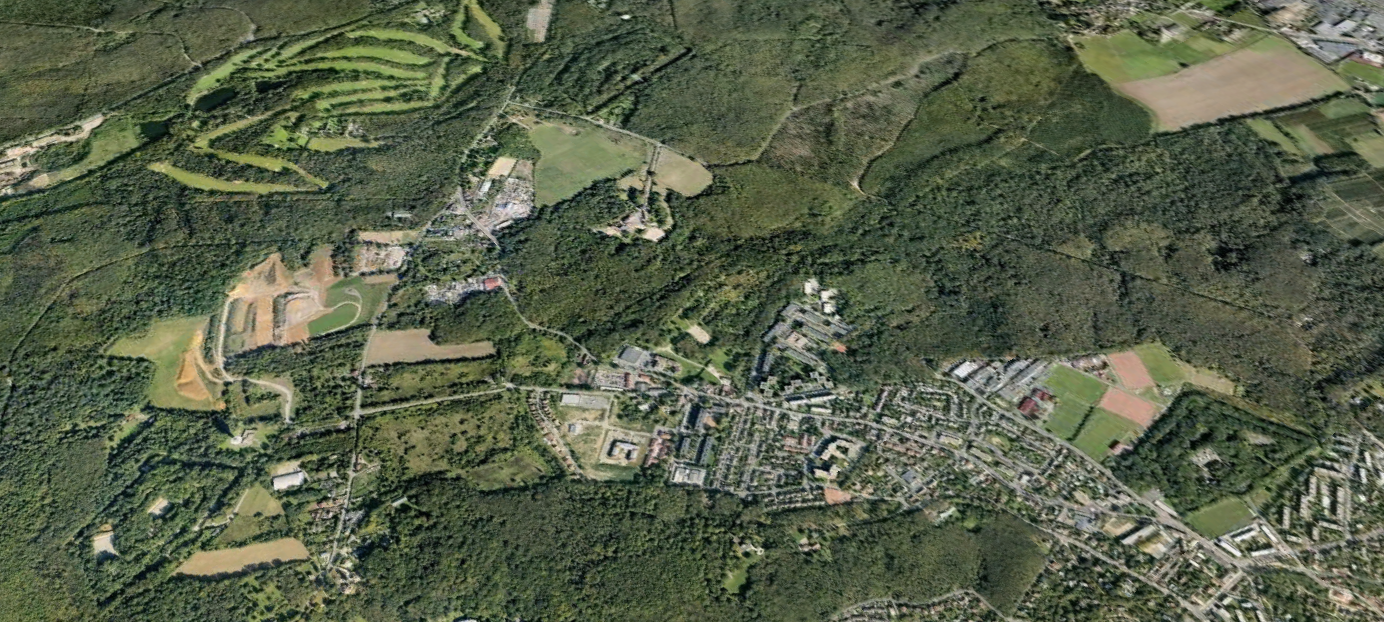


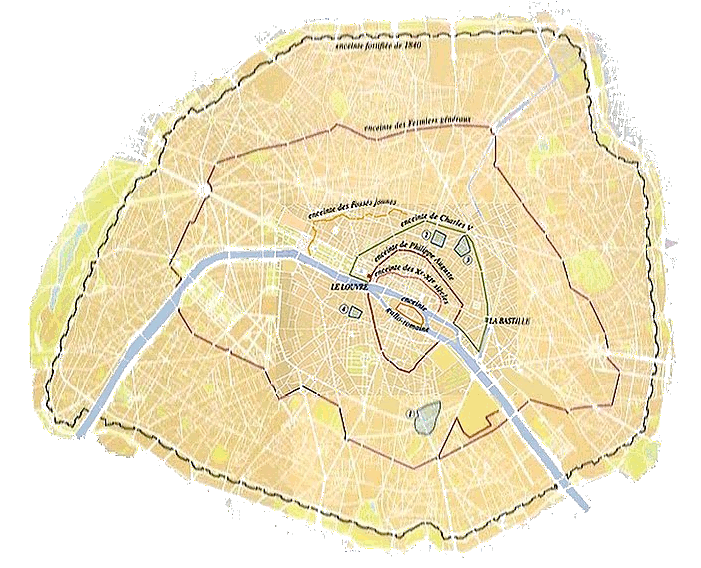
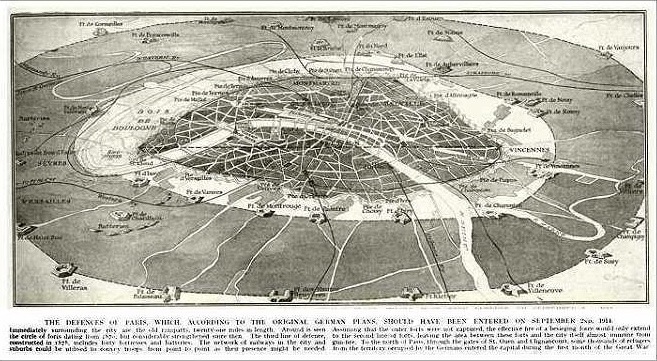
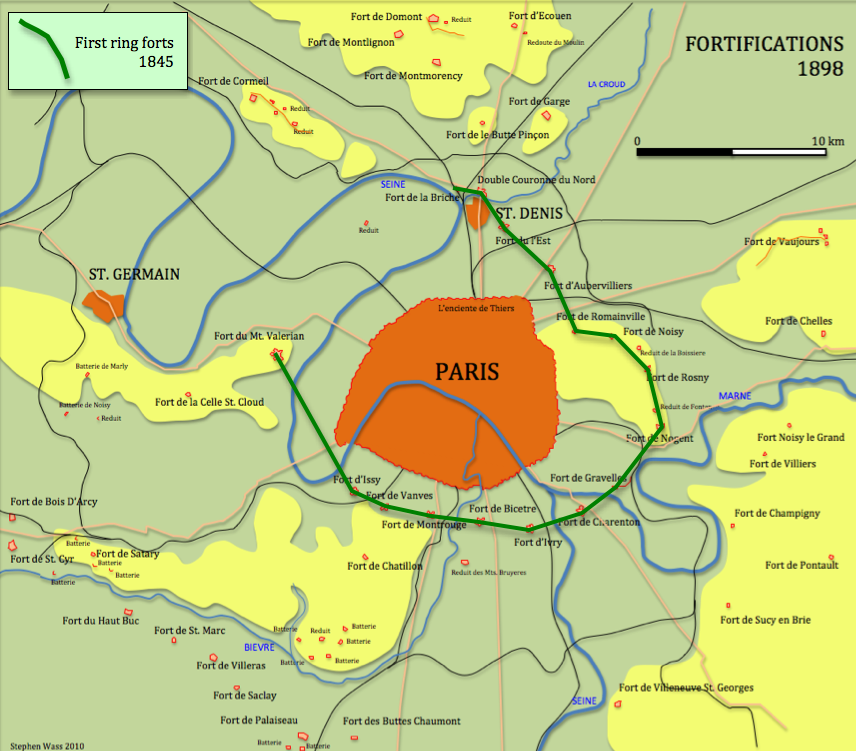
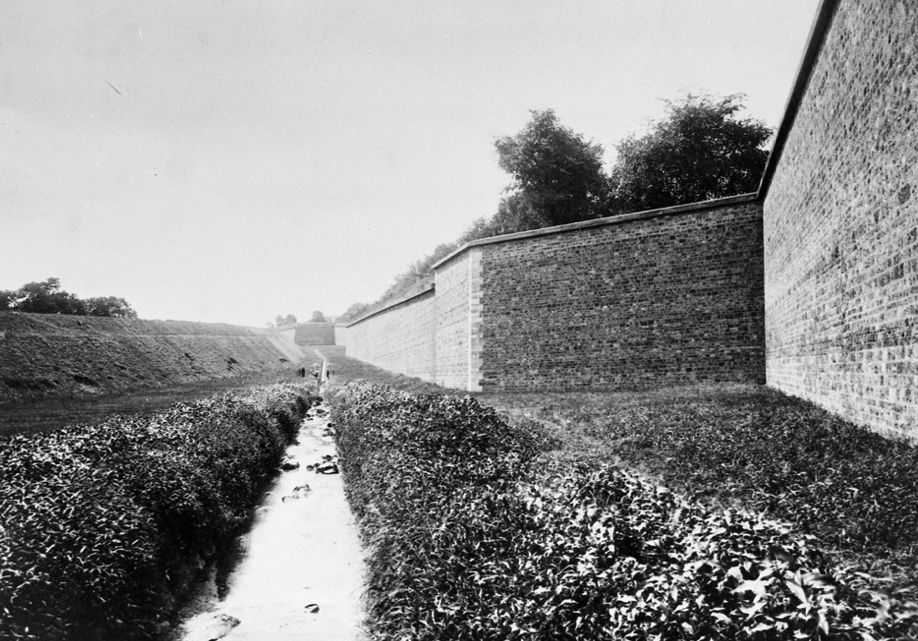
DISCLAIMER: I am fortunate in being able to travel to the Paris region and especially the town of Ermont, fairly regularly and having spent some time examining the Victorian defences of Plymouth my attention was drawn to the fortifications around Paris, especially those north of the city and specifically the works on the Cormeil Heights which with their combination of larger forts, associated batteries and military way should make for an interesting comparative study. In order to understand the larger picture I have begun by mapping and identifying from the air (sorry Google and Bing) the main sites. Hopefully over the next few years I'll be able to visit these sites on the ground and start to explore the kind of lesser works which made Plymouth so fascinating. As ever I struggle along largely in the dark so any comments, queries or suggestions are always gratefully received and generally acted on. Emails please to editor@polyolbion.org.uk Many of the sites discussed are in some form of public ownership but few are formally open. Readers must not assume that places mentioned in the text are available for public access, I will try to give some indication for each monument what the access issues are. Once again I apologise to those whose displays cannot handle the wide screen format, the big picture marches on. |